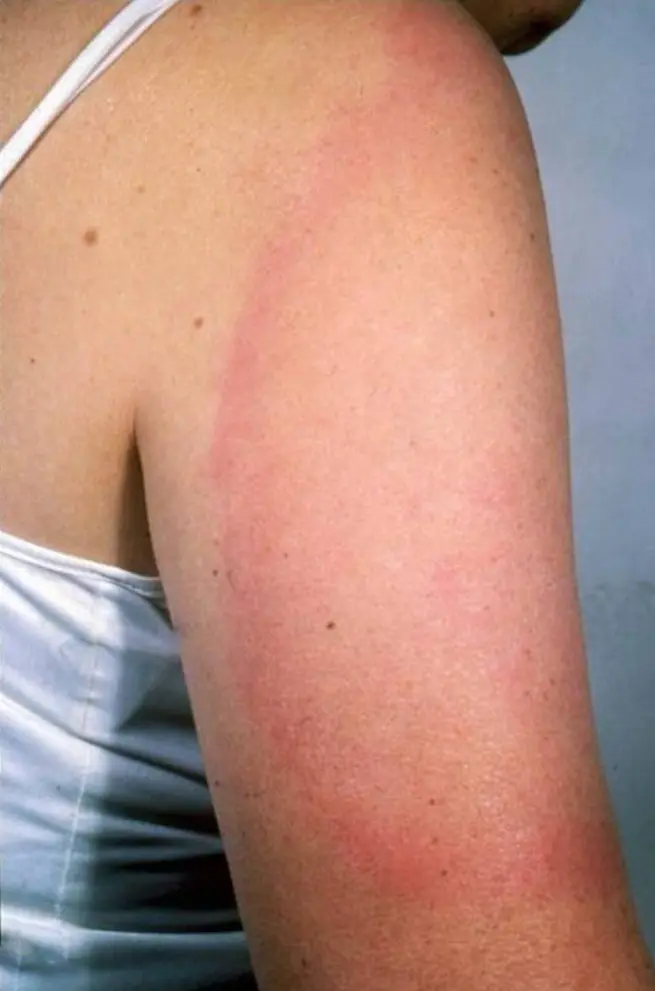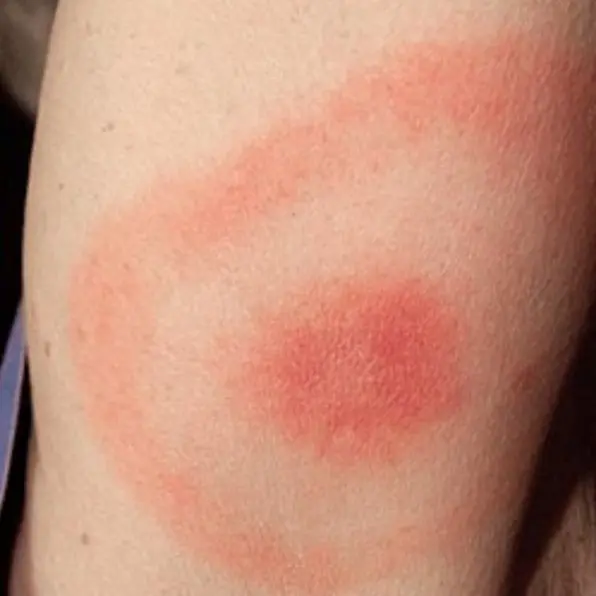
Once, back in 2007, a few days after visiting the forest, I noticed an oval red spot on my leg, about 4 × 7 cm. What would that mean?
I went to the clinic, no one could determine the disease. Only in the dermatological dispensary was I correctly diagnosed with tick-borne Lyme borreliosis. The antibiotic roxithromycin was prescribed. I drank it, the redness disappeared.
But after a few days, a red oval ring about 1,5 cm wide appeared, just around the former red oval. That is, the medicine did not help. I was re-prescribed the antibiotic ceftriaxone 1 g for 10 days, after which I completely recovered.
This year my friend got sick, also after visiting the forest. She had a mosquito-bitten redness on her shoulder, around which there was a ring 1-2 cm wide and about 7 cm in diameter. She was prescribed the antibiotic doxycycline for 3 weeks, after which she recovered.
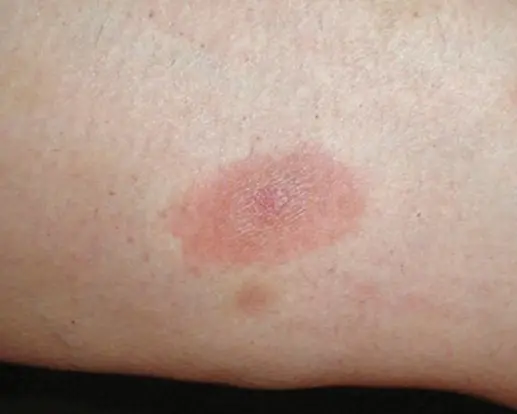
As we can see from the examples, this disease is common, and everywhere. It is also widespread in Our Country.
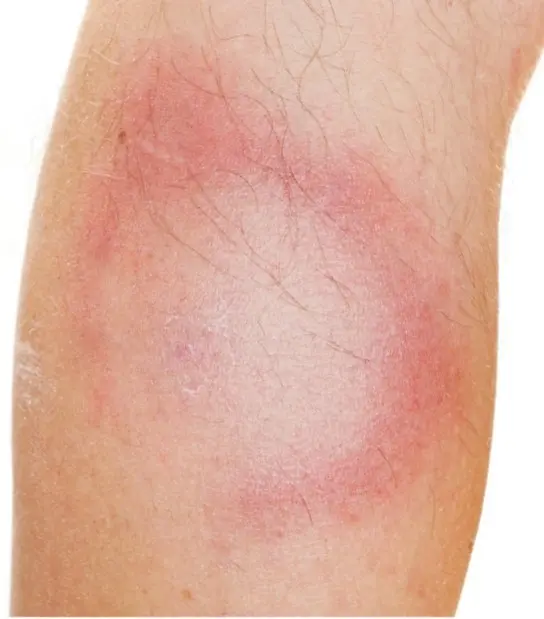
And now in more detail about the disease itself. It is caused by several types of bacteria from the genus Borrelia.
There are 3 stages of the disease:
1. Local infection, when the pathogen enters the skin after a tick bites. It happens that a person does not notice a tick, but already sees redness (30% of patients did not see a tick). Sometimes the body temperature rises. It is very important to correctly recognize this disease and start treatment in a timely manner in order to prevent:
2. Distribution of Borrelia to various organs. At this stage, the nervous system, the heart can be affected. There are pains in the bones, muscles, tendons, periarticular bags. Then comes:
3. The defeat of any one organ or system. This stage lasts from several months to several years. Arthritis of the joints is typical, which can cause osteoporosis, cartilage thinning, etc.
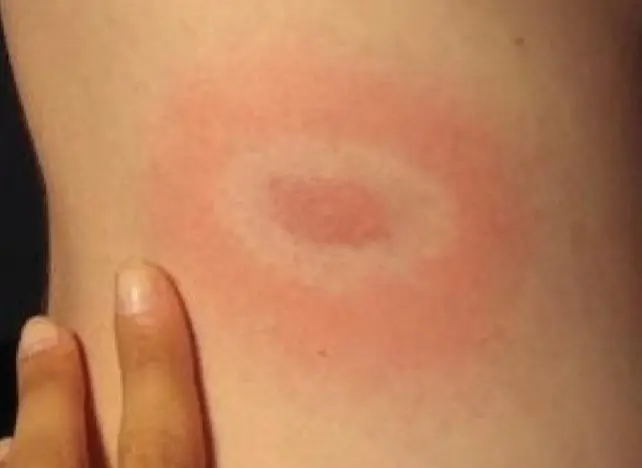
For the treatment of Lyme borreliosis at the initial stage, light antibiotics are sufficient. And if the disease is advanced, then it will be necessary to use heavy antibiotics for a long time, it will also be necessary to treat complications.
With late or inadequate treatment, the disease progresses and becomes chronic. The ability to work is reduced, which can lead to disability.
